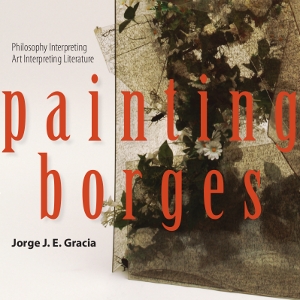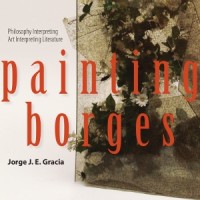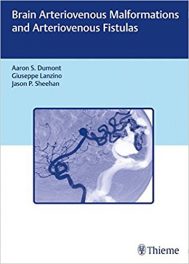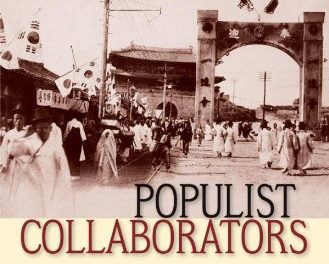Author: Jorge J.E. Gracia
Publisher: SUNY Press – 303 pages
Book Review by: Paiso Jamakar
As the title states, this book combines art, literature and philosophy. It contains philosophical interpretations of artistic plates that relate to literature.
You may have guessed otherwise, but the artistic interpretation of literature is nothing new. As I first started to read this book, I said to myself: “Hmm this seems to be something new, a new approach to understanding literature.” But I was mistaken.
In the Introduction, Jorge J.E. Gracia recounts his childhood and youth wherein, when was ten years old and fell sick for two weeks, started to read fiction books such as Beauty and the Beast and Arabian Nights.
The author later (in his fourth year of high school) developed a love for art after one of his classmates introduced him to it. He started dabbling with pencils and charcoals, brushes and oils, paper boards and cloth canvas.
He was later exposed to philosophy with a course in logic and another on the history of philosophy in his final year in high school.
Gracia did not pursue any of these three fields as a career but chose to be an architect, which certainly has some element of art and creativity in it, but requires a grounding in science and knowledge of math.
This book has 24 paintings – most of them are in full color, some in one color and some in black and white. Most of them seem to have been initially drawn or outlined with sharp pencils, then shaded with charcoal, crayons or colored pencils, or colored in with water colors or paint on thick paper or cardboard.
Some of the works of art featured in this book have been created with pastel on paper; others with pencil and gouache on paper; still others done with markers on paper. Other paintings are done with oil on canvas, or acrylic on canvas. One of them, Doubting of St. Thomas, was done by Alberto Rey in 2009 with oils on plaster on canvas over wood.
Indeed, some of the artists have used their fertile imagination and utilized unusual materials and methods in creating their art work. For example, Nicolas Menza, did goffering (treating with hot irons to crimp or flute the paper) to create his El Milagro Secreto (The Secret Miracle) in 2004.
This is by no means the only work of its kind combining literature, art and philosophy, but it is certainly a rare volume with such attributes. Part of the motive for creating this book was based on the author’s unique reading experiences early in life, as we relate above.
One book the author mentions that contains philosophical interpretation of art is Images of Thought: Philosophical Interpretation of George Estevez’s Art (2009).
This book also contains 13 stories, 12 by Jorge Luis Borges, and one by Arthur Danto.
The first of these stories, entitled El Otro (The Other) is one in which Borges challenges the reader to solve a puzzle, for which there seems to no solution. Issues of personal identity and memory, appearance and reality come into play.
Gracia asks us: are we the same person throughout our lives? Is a younger you the same as your current you? Are both versions of you – younger and present one – real? Or is only one of your versions real? Or are both versions of you unreal?
The author tells us that the philosophers John Locke and David Hume claimed that memory is the key to personal identity. So your memories make you the person you are and provide continuity throughout your life. But your memories are selective and do fail.
You choose what you want to remember and what you want to forget. Moreover even the ones you choose to remember do not always stay clear, especially in old age.
He says that our memories today are not the same as years ago. When long periods of time are involved between the occurrence of an event and our recall of it, we cannot be sure when we remember an event whether it is fact or fiction. Certainty is elusive, Gracia writes, because “we lack an interior criterion to measure the legitimacy of our memories, particularly since remembering and forgetting are inextricably tied.”
This is an unusual book, to say the least, on the intersections of literature, art and philosophy. In that respect, it is a pioneering effort and it sits at the forefront of a large horizon ahead for expanding knowledge about us human beings through our art and our literature. Jorge J.E. Gracia has written a very insightful book








